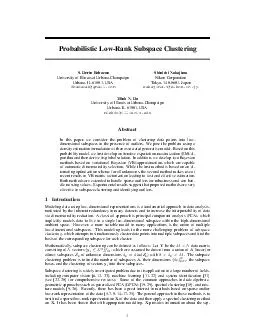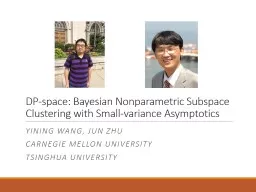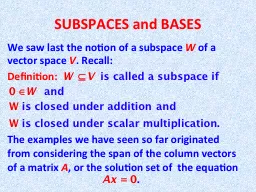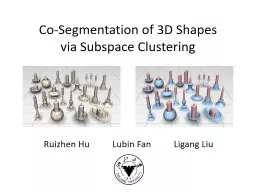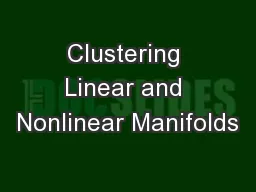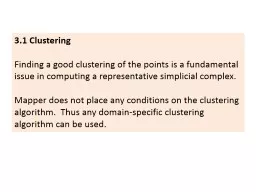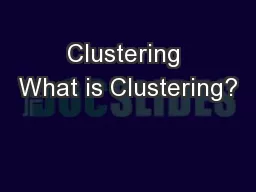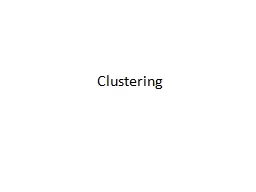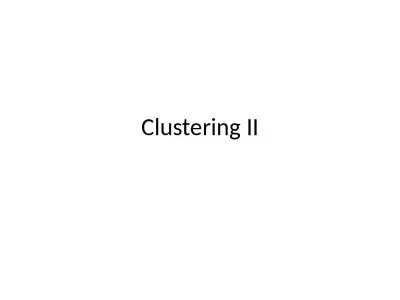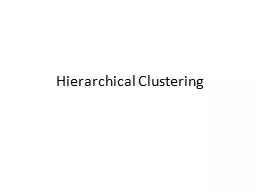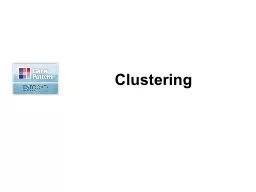PDF-Probabilistic LowRank Subspace Clustering S
Author : jane-oiler | Published Date : 2015-01-15
Derin Babacan University of Illinois at UrbanaChampaign Urbana IL 61801 USA dbabacangmailcom Shinichi Nakajima Nikon Corporation Tokyo 1408601 Japan nakajimasnikoncojp
Presentation Embed Code
Download Presentation
Download Presentation The PPT/PDF document "Probabilistic LowRank Subspace Clusterin..." is the property of its rightful owner. Permission is granted to download and print the materials on this website for personal, non-commercial use only, and to display it on your personal computer provided you do not modify the materials and that you retain all copyright notices contained in the materials. By downloading content from our website, you accept the terms of this agreement.
Probabilistic LowRank Subspace Clustering S: Transcript
Download Rules Of Document
"Probabilistic LowRank Subspace Clustering S"The content belongs to its owner. You may download and print it for personal use, without modification, and keep all copyright notices. By downloading, you agree to these terms.
Related Documents

